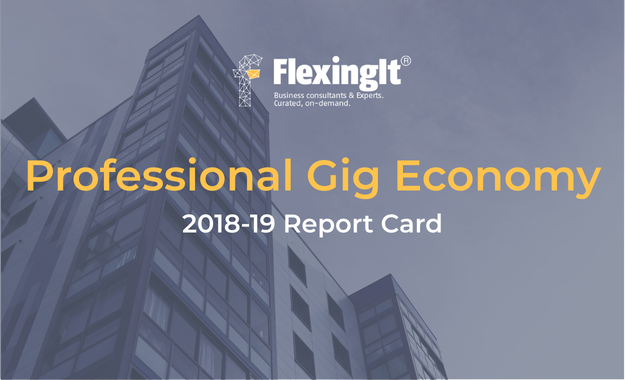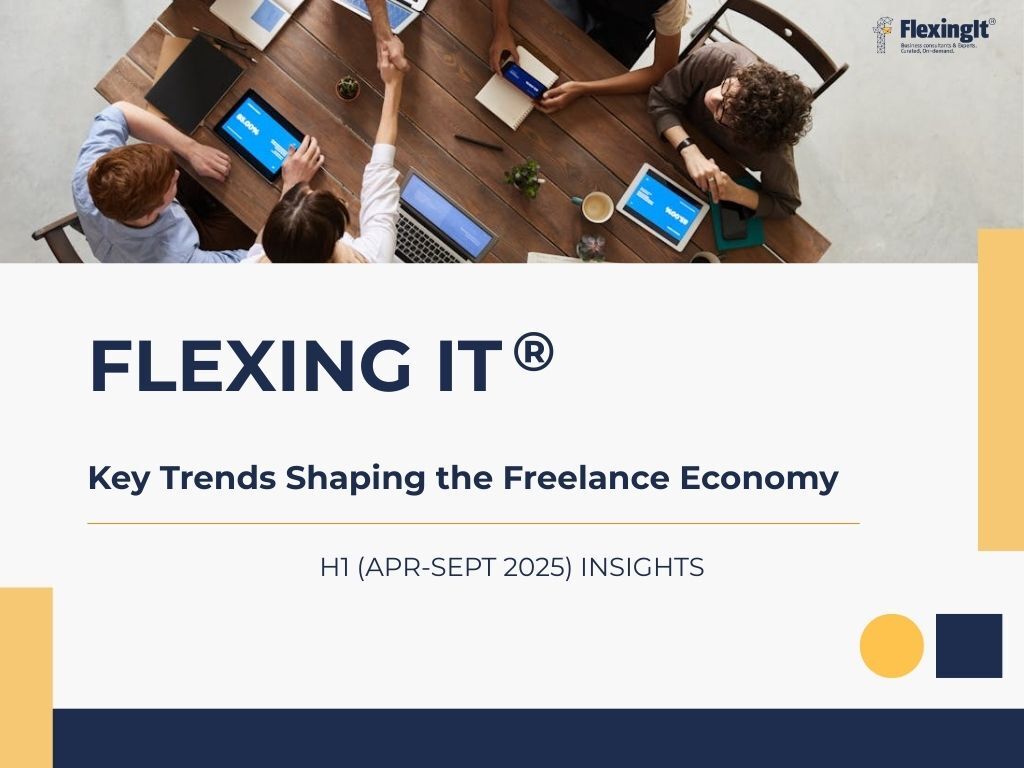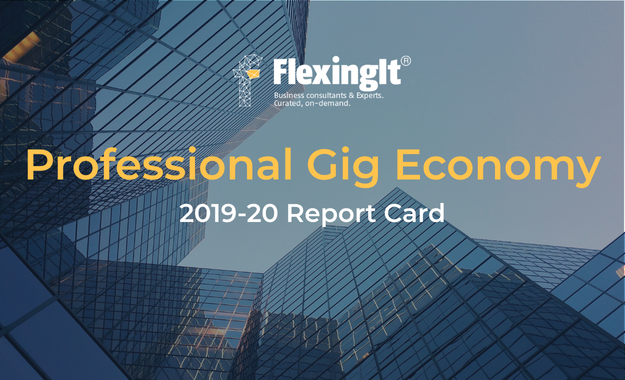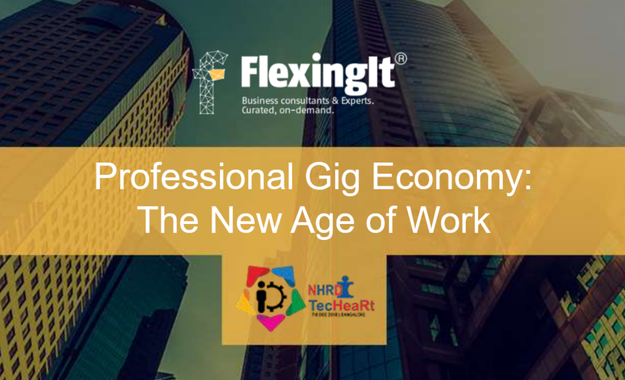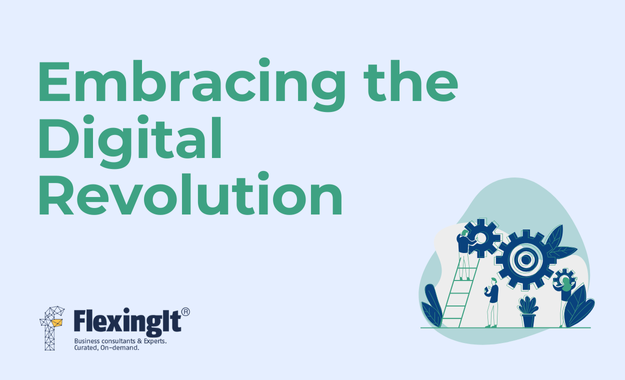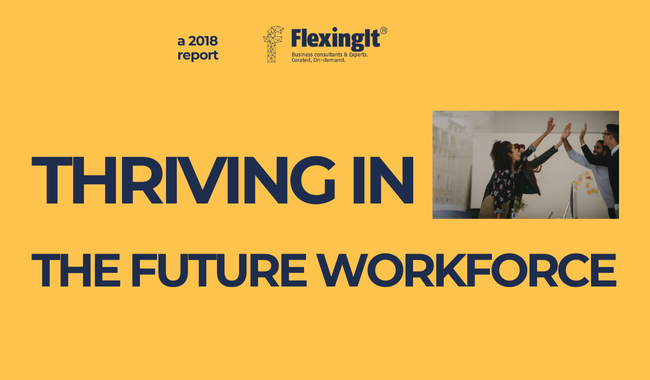Key Takeaways from the Professional Gig Economy in India (2018–19)
- Rise of Flash Teams & Strategic Remote Support
A notable trend is the formation of “flash teams”—groups of independent consultants with complementary skills coming together to execute larger, strategic initiatives. This reflects organizations’ growing comfort with gig talent and their trust in partners to assemble capable teams. In parallel, a wide spectrum of companies—beyond global corporates—are increasingly tapping into India’s rich talent pool for remote consulting support, marking a shift toward flexible, on-demand expertise.
- Beyond Talent Access: A Need for Infrastructure
As gig talent adoption scales, organizations are recognizing that access alone isn’t enough. Effective integration requires robust systems for project management, operational processes, and financial compliance. This signals the need for a mature supporting infrastructure to make gig work sustainable and scalable within enterprise environments.
- Mainstream Adoption Across Company Types
While start-ups were the earliest adopters, the gig economy is now being driven significantly by large corporates and professional services firms, which together accounted for about 72% of assignments in 2018–19. This marks a shift from ad-hoc use of freelancers to strategic integration of gig workers into core business functions.
- Dominant Demand for Strategy, Tech & Marketing
Strategy emerged as the most in-demand skill, followed closely by technology and marketing. Together, these three domains accounted for nearly 50% of all freelance projects. This indicates that organizations are turning to independent professionals not just for executional support but for high-impact, business-critical roles.
- Short, High-Impact Engagements on the Rise
Flexibility is key in project design, with over two-thirds of assignments lasting less than 6 months. These are not uniform gigs, but tailored engagements structured around specific deliverables and timelines. This trend shows that companies are increasingly using consultants for short-term bursts to tackle key initiatives without long-term commitment.
- Tailored Use Across Business Models
Professional services firms are integrating gig talent into client-facing teams, often through short-duration (70% < 6 months) and highly interactive (90% with onsite component) projects. Meanwhile, large corporates are using freelance talent for longer strategic transformations (85% > 3 months). Start-ups, on the other hand, use independent professionals for critical expertise they can’t hire full-time, with 60% of assignments requiring less than 20 hours per week.





 `
`  8 views
8 views
 0 shares
0 shares
